One string electric guitar: Diddley bow
The diddley bow is a single-stringed American instrument which influenced the development of the blues sound. It consists of a single string of baling wire tensioned between two nails on a board over a glass bottle, which is used both as a bridge and as a means to magnify the instrument's sound.
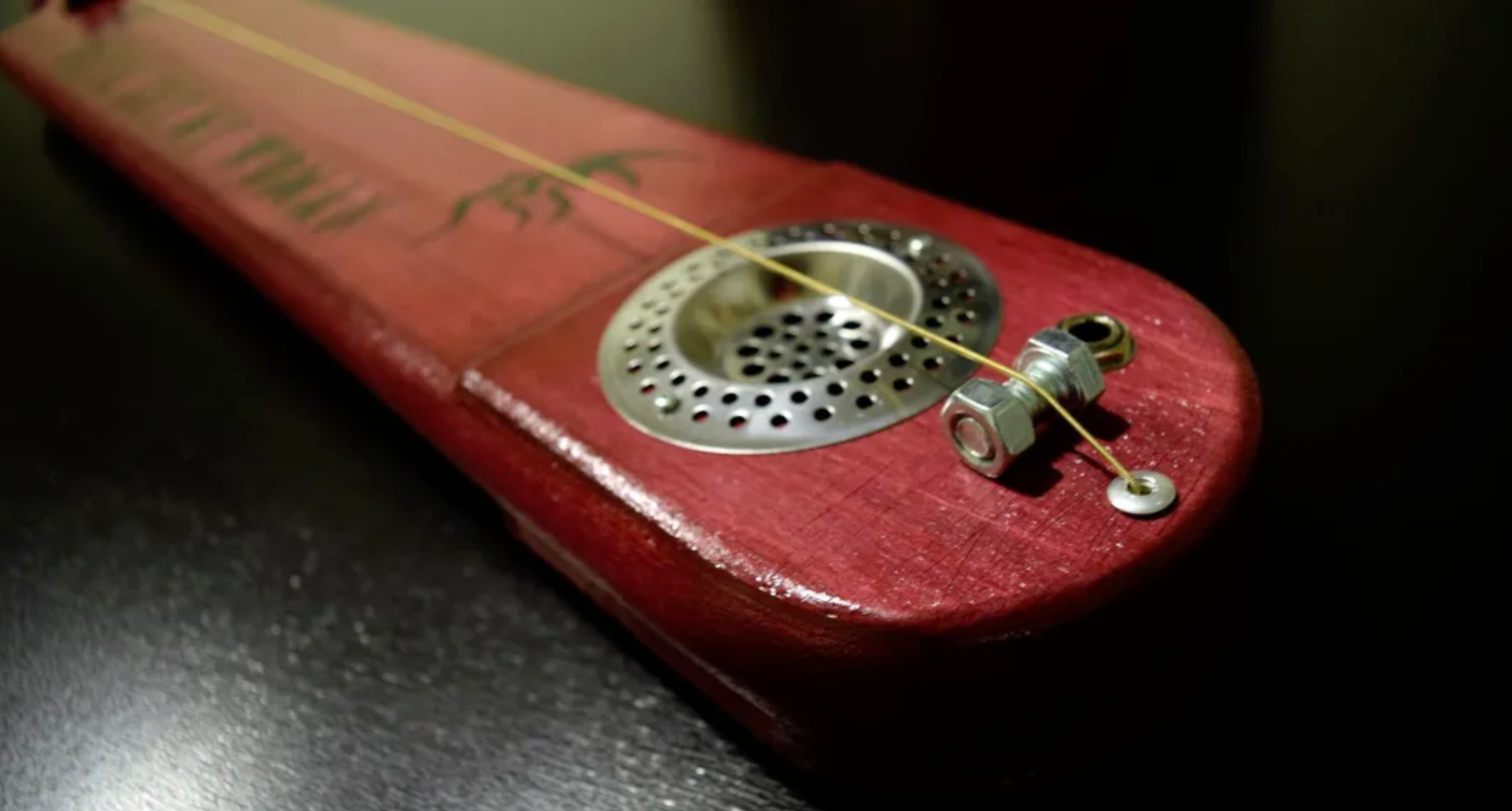
It was traditionally considered a starter or children's instrument in the Deep South, especially in the African American community, and is rarely heard outside the rural South. It may have been influenced to some degree by West African instruments.[1] Other nicknames for this instrument include "jitterbug" or "one-string", while an ethnomusicologist would formally call it a "monochord zither".
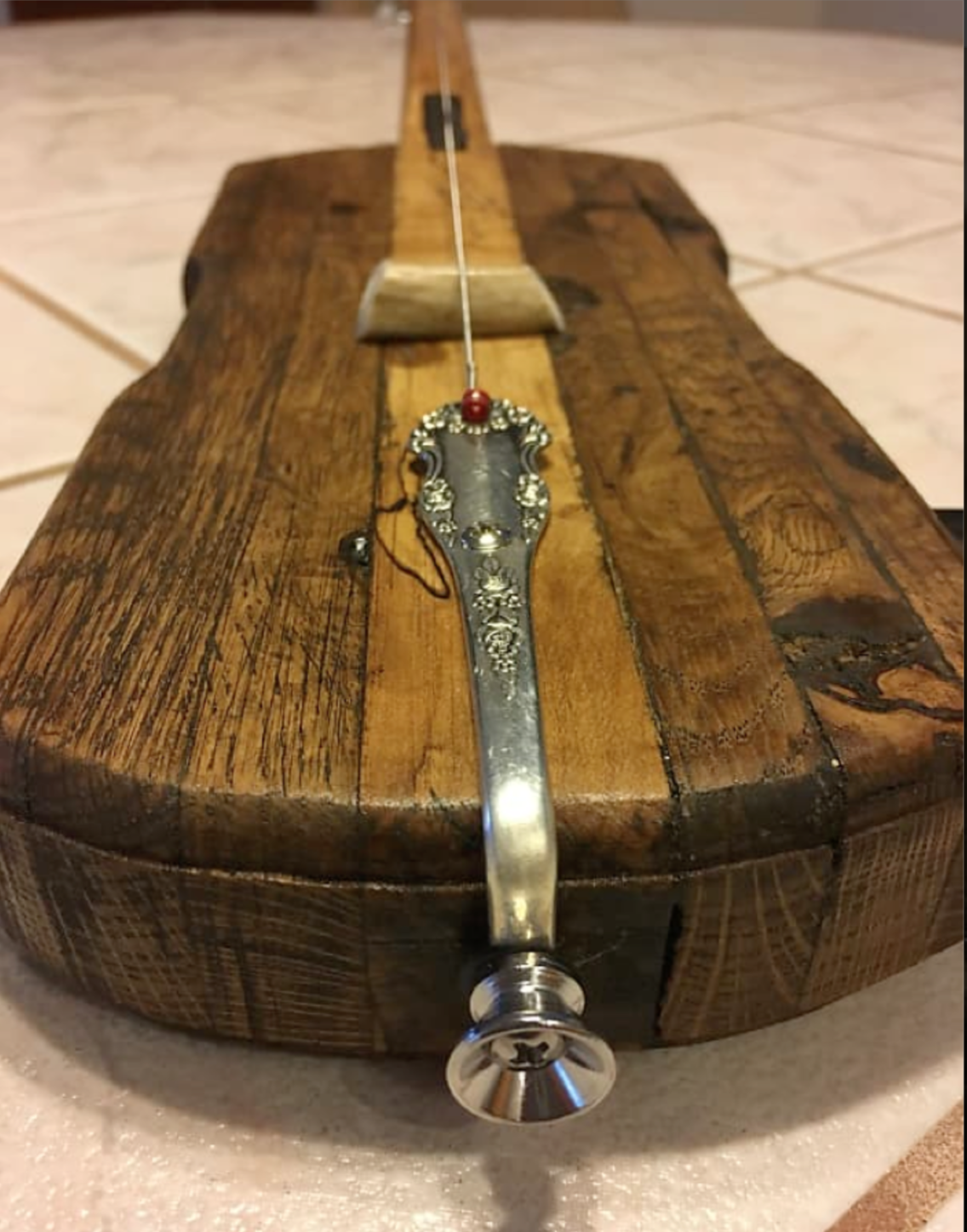
The diddley bow derives from instruments used in West Africa. There, they were often played by children, one beating the string with sticks and the other changing the pitch by moving a slide up and down. The instrument was then developed as a children's toy by slaves in the United States. They were first documented in the rural South by researchers in the 1930s.
The diddley bow was traditionally considered an "entry-level" instrument, normally played by adolescent boys, who then graduate to a "normal" guitar if they show promise on the diddley bow. However currently, the diddley bow is also played by professional players as a solo as well as an accompaniment instrument.
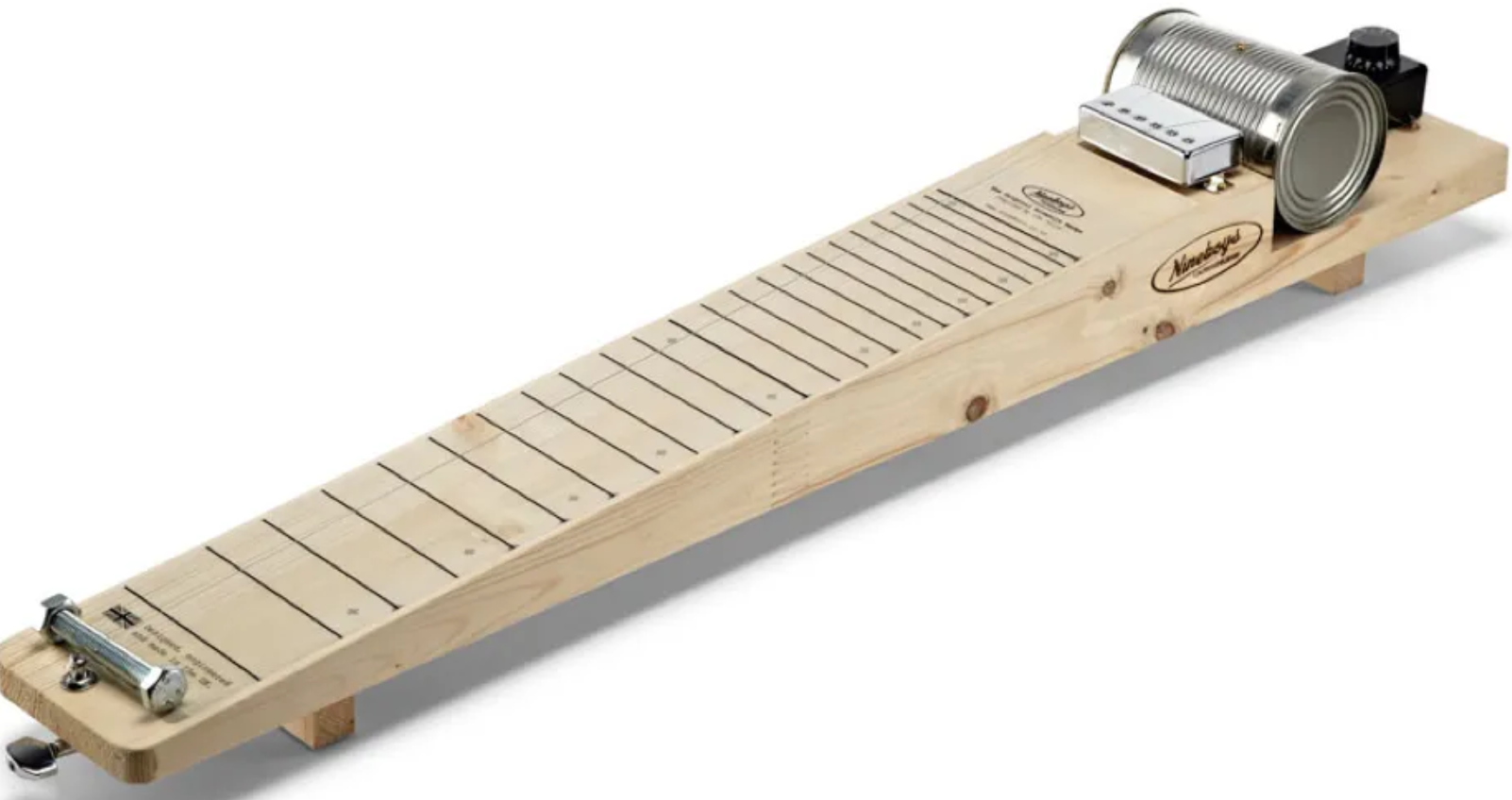
The diddley bow is significant to blues music in that many blues guitarists got their start playing it as children, as well as the fact that, like the slide guitar, it is played with a slide. However, because it was considered a children's instrument, few musicians continued to play the diddley bow once they reached adulthood. The diddley bow is therefore not well represented in recordings.
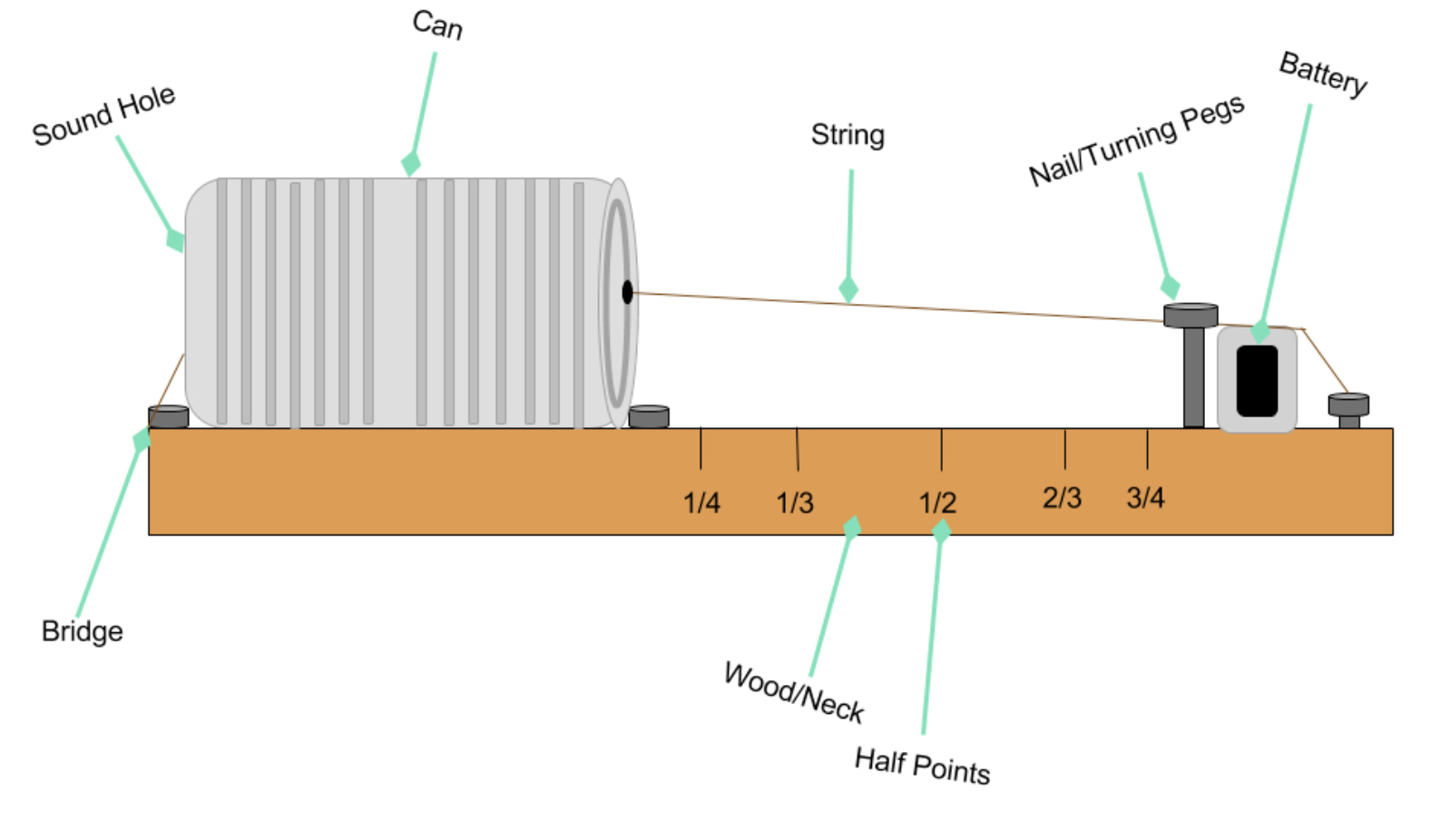
The diddley bow is typically homemade, consisting usually of a wooden board and a single wire string stretched between two screws, and played by plucking while varying the pitch with a metal or glass slide held in the other hand. A glass bottle is usually used as the bridge, which helps amplify the sound. Some diddley bows have an added resonator box under the bridge, and are essentially single-string cigar box guitars. Some recent diddley bows are electrified with pickups.
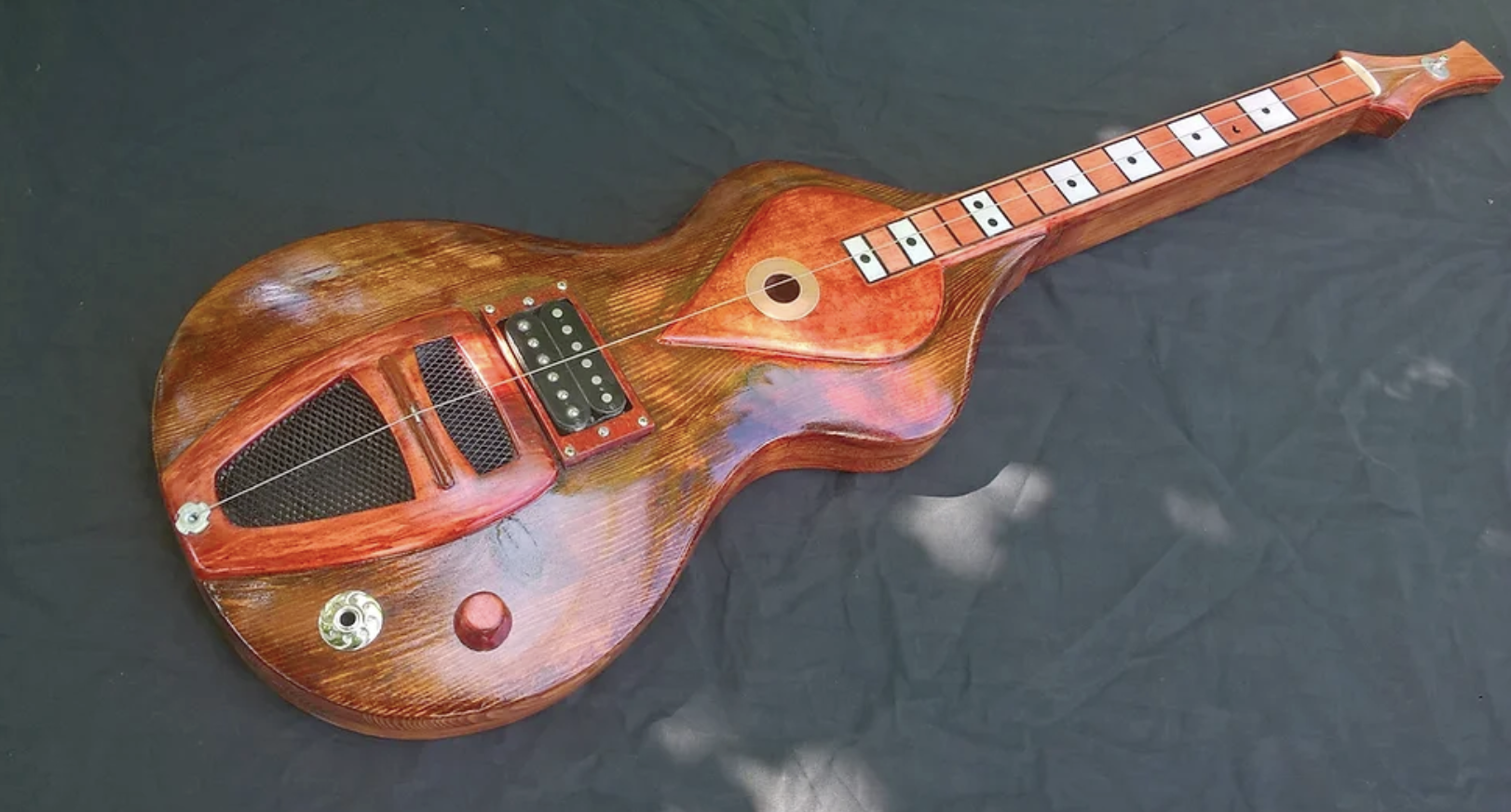
One notable performer of the instrument was the Mississippi blues musician Lonnie Pitchford, who used to demonstrate the instrument by stretching a wire between two nails hammered into the wood of a vertical beam making up part of the front porch of his home. Pitchford's headstone, placed on his grave in 2000 by the Mt. Zion Memorial Fund, is actually designed with a playable diddley bow on the side as requested by Pitchford's family.
#Diddley Bow# Electric guitar # instrument science # Music creation # Songdio AI#Diddley Bow# Electric guitar Science #Diddley Bow Introduction #Diddley Bow music creation # Songdio AI electric guitar music creation